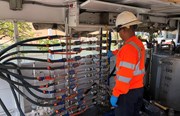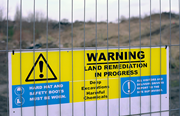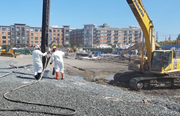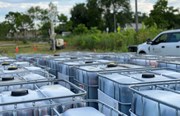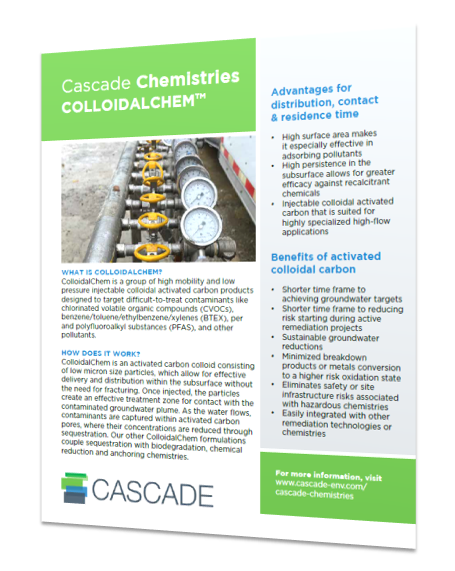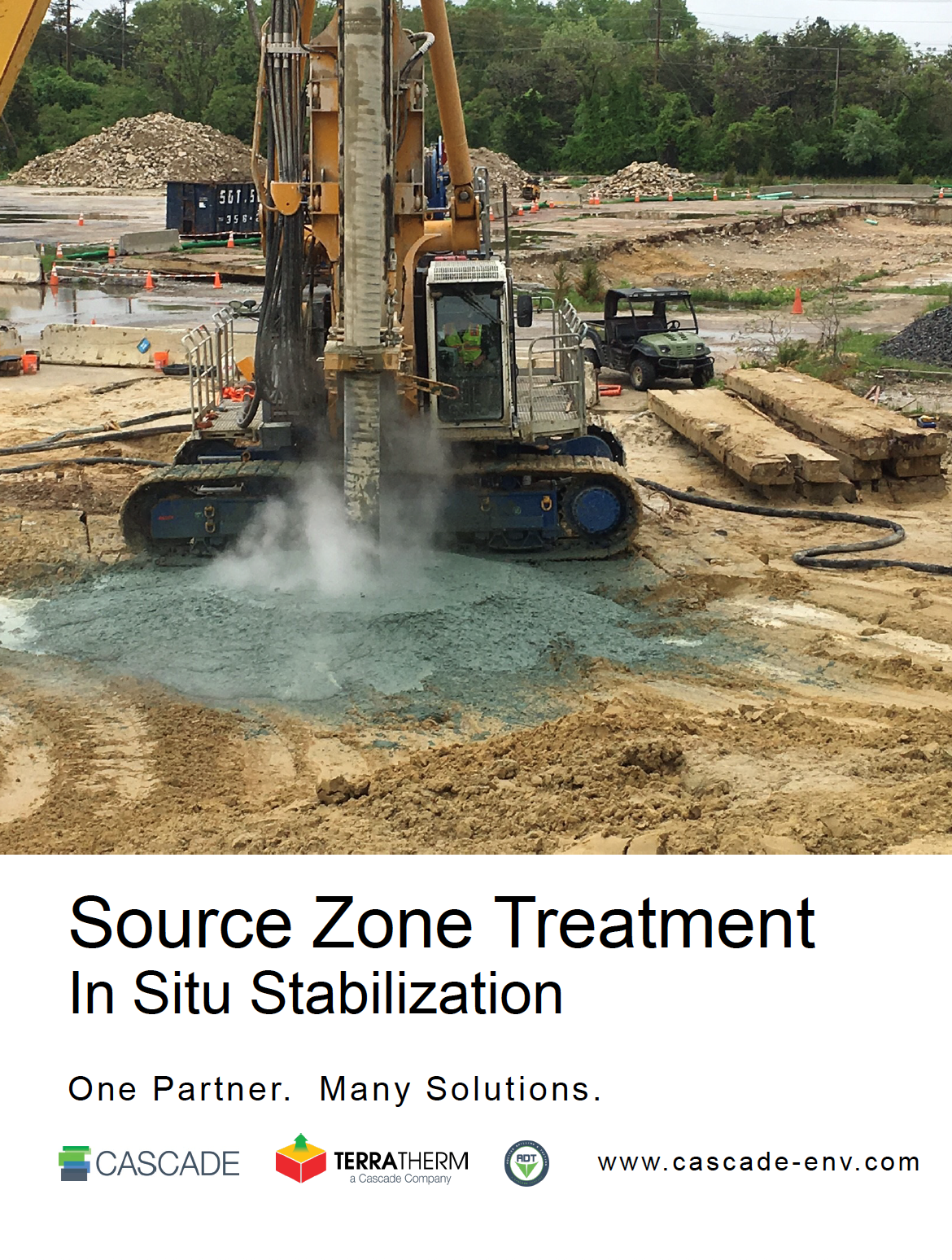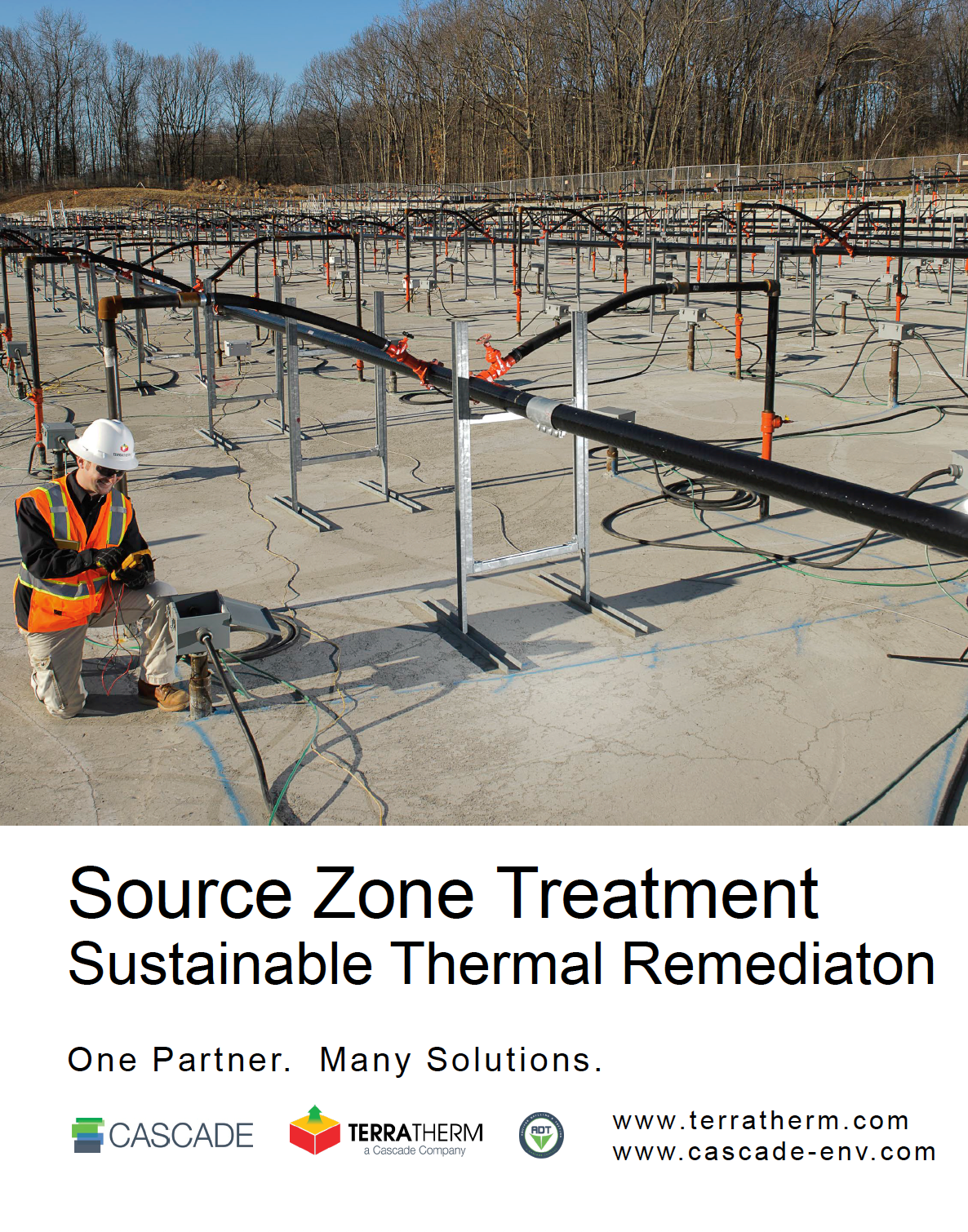- Marat Goldenberg
The expense of investing in and redeveloping brownfield sites can be high. These properties are often abandoned, contaminated, and blighted, making them challenging for communities and developers to turn around.
However, with the support of federal and state funding and increasing real estate values, redevelopment is becoming a more attractive investment, and consultants are increasingly being asked to identify remediation solutions that are fast and cost efficient. While the solution will be different on every site, you can narrow down your options if you know what data to gather and questions to ask.
In this blog post, I’ll share what you need to know to select a remedy that can help you profitably achieve the goals you and your client set for your brownfield sites.
Defining Site Requirements
The level of clean up agreed upon by the developer and the regulatory agency will typically depend on multiple considerations. A few common ones include:
- The level of contamination
- The risks posed to those who will live, work, or shop in the proposed structure(s)
- The type(s) of populations that are anticipated to be on the developed property
- The amount of time that people will spend on the property
Identifying Population and Use
Who will be using a property and the how it will be used will influence the requirements for clean up—and will influence the remediation method.
For example, a proposed housing development where children and elderly people are anticipated to reside would have more stringent requirements than an industrial site where adults would be on site during working hours, and where institutional controls would be implemented. Where higher levels of remediation are required, typical approaches range from excavation and in situ remediation. In some cases, where a fast clean up isn’t a priority, bioremediation or phytoremediation can be implemented where practical.
Understanding the Subsurface
Accurate site characterization is critical for defining site goals and determining the overall remediation approach. Traditional sampling methods have their place, but high resolution site characterization (HRSC) tools allow for a more complete understanding of a site’s subsurface.
Two HRSC tools in particular are often helpful, especially when time is of the essence.
The Membrane Interface Hydraulic Profiling (MIHPT) allows for rapid screening, which reduces the overall investigation time. The MIHPT system combines rapid volatile organic compound (VOC) screening combined with logging the hydraulic profile in a single run, making it ideal for zeroing in on the source zone prior to implementing costly remediation methods.
The second tool worth considering is the Waterloo Aquifer Profiling System (WaterlooAPS), which allows for continuous, real-time hydrostatigraphic logging combined with high quality discrete sampling capabilities. It can collect multiple groundwater samples on a single direct push rig advancement, and is capable of detecting PFAS and 1,4-dioxane.
The more you can build a complete picture of subsurface contamination, the more easily you can plan a remedy that is optimized for your site’s specific clean up goals and future use.
Addressing PFAS
Disposal of PFAS contaminated waste poses its own challenges. Study after study confirms how prevalent it is in places we previously did not expect, and we must now consider the possibility that PFAS may be comingled with other contaminants on remediation sites. Without federal regulations in place and state regulations constantly evolving, disposal facilities are often hesitant to accept PFAS waste.
For example, many former dry cleaning sites often have PFAS present in the groundwater in addition to chlorinated solvents (Barnes et al., 2021, Clara et al,. 2008, Lassen et al., 2015). As PFAS analyses are increasingly required in a waste disposal profile, the disposal of contaminated soils will be more difficult and cost prohibitive. In these scenarios, in situ remediation methods may be more favorable.
Narrowing Down Remediation Options
If a quick closure is a priority and/or more stringent clean up standards are required, you will need to decide between excavation or in situ remediation methods. Ask yourself a few questions to determine your best options:
- What kind of contaminant(s) are in the subsurface?
- What is the extent of contamination? Is it in soil, groundwater, or both?
- Is it practical to excavate or are there obstacles, such as sensitive utilities or structures?
- Is groundwater management, treatment and discharge feasible?
- Is significant truck traffic reasonable for the location of the site?
- Is ambient air of concern if the contaminants are volatile (i.e., are residential receptors nearby)?
There are a lot of factors to consider when designing a remedial approach for a brownfield site, but hopefully you now have a better sense of where to get started. If you still have questions, please email me at [email protected].
If you’d like to learn more about the remediation technologies that are best suited for brownfields, check out our on-demand webinar, Brownfield Success: How to Select the Right Remediation Technology for Your Budget and Timeline.
REMEDIES RESOURCES
ABOUT THE AUTHOR

Marat Goldenberg
Technical Sales Specialist - Midwest
[email protected]
Marat Goldenberg is the Midwest representative for Cascade and TerraTherm and a licensed Professional Engineer with more than 10 years of experience in the remediation industry. Prior to this role, Marat worked as a Senior Environmental Engineer on remediation sites and has extensive experience with evaluating remedial alternatives, design, and construction oversite.
Categories
- Site Remediation
- Drilling
- Careers
- Cascade Chemistries
- Safety
- Site Characterization
- Thermal
- Rotary
- Sustainability
- In Situ Stabilizaton
- High Resolution Site Characterization
- Injection
- Sonic Drilling
- Automated injection
- corporate sustainability
- case studies
- in situ thermal remediation
- Cascade Drilling
- Over Water Drilling
- In Situ Stabilization (ISS)
- ISS
- Environmental Remediation



